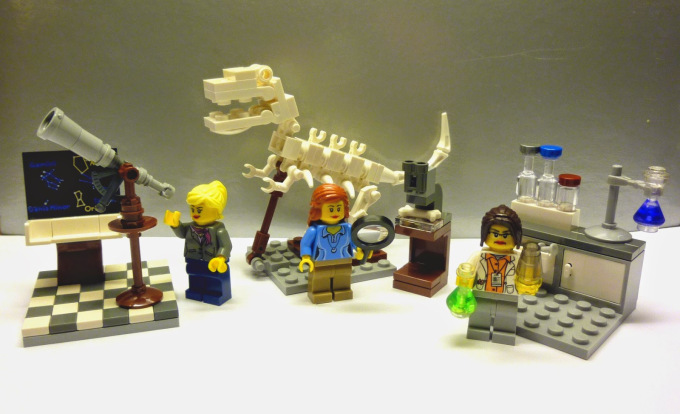SMILE turns 4!
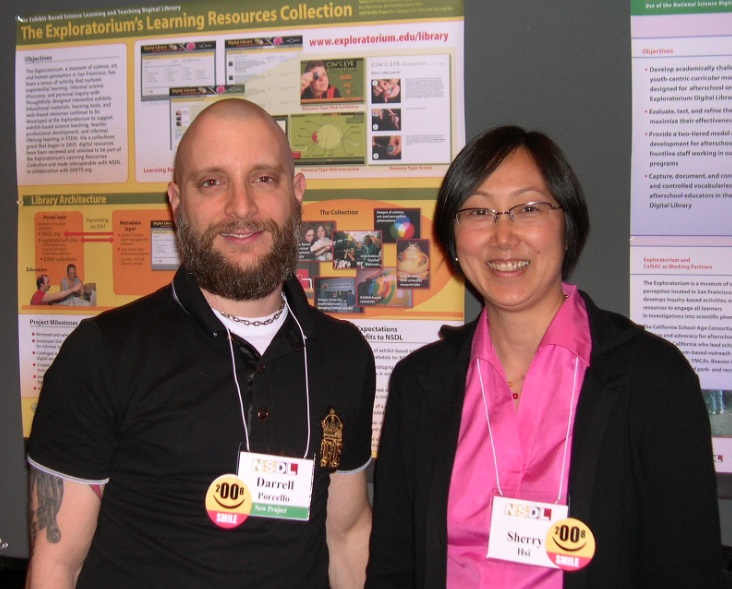
Howtosmile.org celebrates its 4th anniversary this month! Launched in 2010 at the Association of Science-Technology Centers (ASTC) annual conference in Honolulu, Hawaii, SMILE has grown to nearly 4,000 STEM activities from more than 150 source institutions, in 28 languages. The free Howtosmile.org iPhone app gives users immediate access to SMILE activities any time, anywhere.

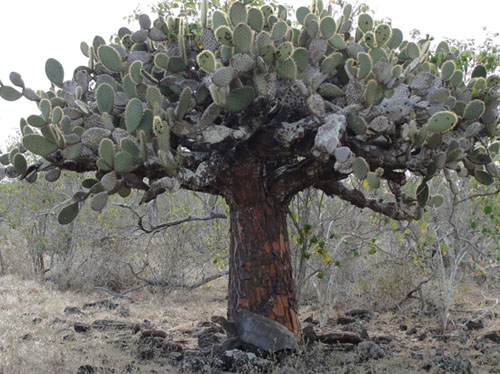
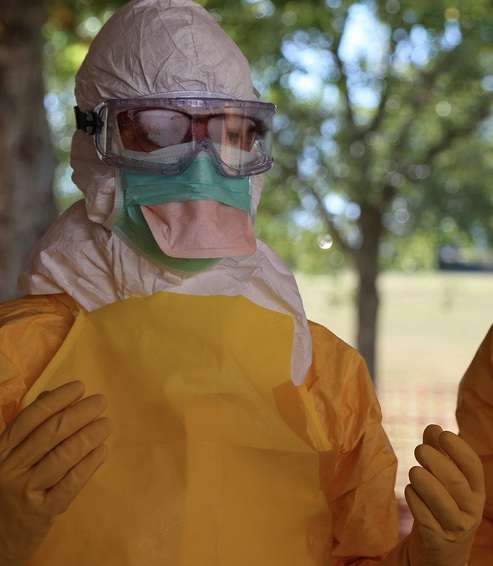
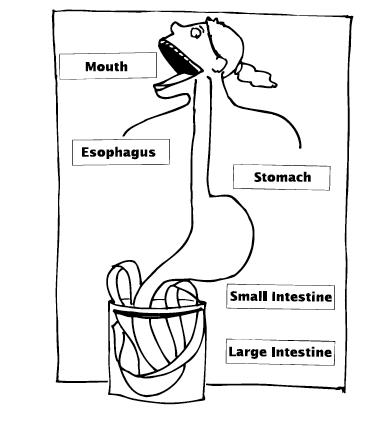
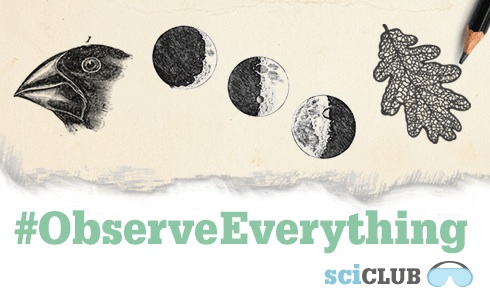
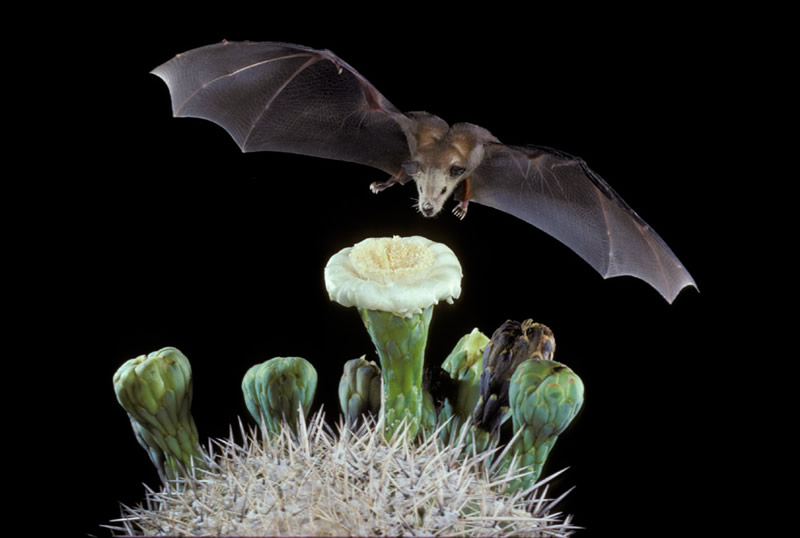 Explore the "boo-ology" of bats for Halloween, or any time of year. Kids and adults are fascinated by and often afraid of bats, but may not know the real facts about them. Demystify these misunderstood mammals with Howtosmile.org activities, and help learners discover how important bats are to pollination and pest control in their ecosystems.
Explore the "boo-ology" of bats for Halloween, or any time of year. Kids and adults are fascinated by and often afraid of bats, but may not know the real facts about them. Demystify these misunderstood mammals with Howtosmile.org activities, and help learners discover how important bats are to pollination and pest control in their ecosystems.